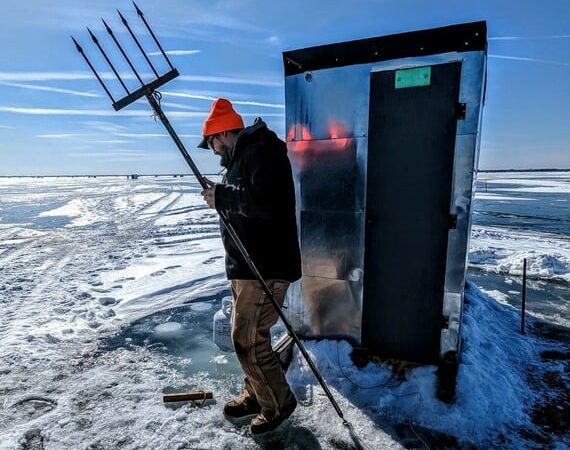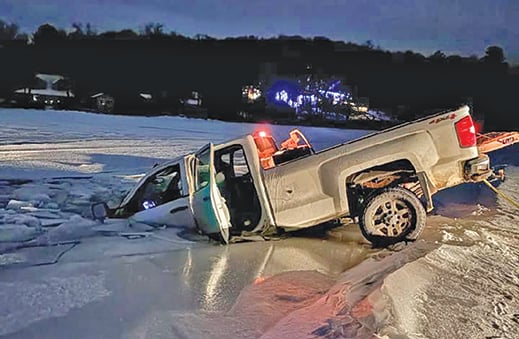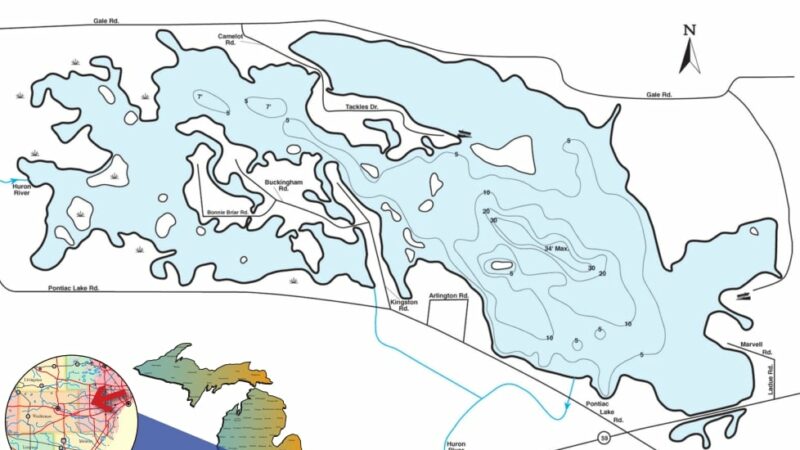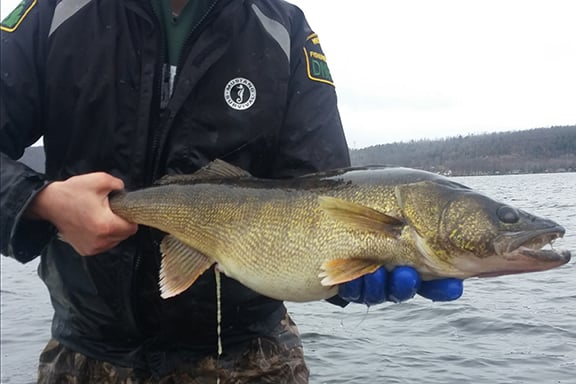Ohio Sea Grant issues annual report on algae progress – Outdoor News

Columbus — Ohio Sea Grant, on behalf of Ohio State University, The University of Toledo, and the Ohio Department of Higher Education (ODHE), has released the 2024 research findings update for the statewide Harmful Algal Bloom Research Initiative (HABRI), which seeks solutions for harmful algal blooms in Ohio.
The initiative currently consists of 48 science teams working on different critical knowledge gaps identified by front-line state agencies that include the Ohio Environmental Protection Agency, Ohio Department of Agriculture, Ohio Department of Health, Ohio Lake Erie Commission, and Ohio Department of Natural Resources.
The 2024 report reveals that the state of Ohio continues to benefit from the initiative:
Researchers are working directly with water treatment plant operators to optimize removal of cyanotoxins.
MORE COVERAGE FROM OHIO OUTDOOR NEWS:
Steelhead fishing going fairly strong right now on Ohio’s Lake Erie tributaries
Egypt Valley Wildlife Area parcels get nominated in Ohio drilling plan
Simple approach lands angler the new record Ohio white crappie
Several HABRI projects have helped the Ohio Environmental Protection Agency understand the nature of how nutrients move from the working landscape to streams and, ultimately, Lake Erie. This allows us to better plan for and support nutrient reduction implementation actions.
Researchers at Bowling Green State University and Ohio State University are collaborating with the Ohio Environmental Protection Agency and local farmers on cutting-edge research on the beneficial use of Lake Erie dredge sediment as an agricultural soil amendment, evaluating its effects on soil health, nutrient retention and exports to waterways, crop yields, and its economic feasibility.
This research is providing information for stakeholders on using dredge sediment as an alternative fertilizer source, returning sediment with optimal nutrient levels back to the land to restore soil loss by erosion and improve soil health.
Research on ways water and nutrients move across the landscape has strengthened models that help Ohio evaluate Gov. DeWine’s H2Ohio Initiative and overall progress toward the state’s nutrient reduction goal.
HABRI 2022 research has demonstrated that blending 10% Drinking Water Treatment Material (DWTM) with manure will permanently bind 90% of the dissolved reactive phosphorus in manure. Based on the results of the research, the Ohio Environmental Protection Agency is working with the Natural Resources Conservation Service (NRCS) and OSU Extension to update the NRCS 590 standard to include blending manure with DWTM prior to land application to farm fields. This would stop the immediate phosphorus pollution of waters in the Lake Erie watershed. Adding two-stage ditches with or without DWTM will further reduce dissolved reactive phosphorus and soil erosion in the watershed.
New information regarding nutrient loss pathways, as well as losses from nutrient application activities and losses from residual soil phosphorus is helping the Ohio Department of Agriculture adjust program practices and specifications to better address nutrient loss from row crop agriculture.
The Ohio Department of Natural Resources’ H2Ohio Wetland Restoration Program is building connections to the academic community to align research with management decisions related to optimizing and maintaining restored wetlands to enhance the capacity for nutrient reduction.
Source: https://www.outdoornews.com/2025/01/14/ohio-sea-grant-issues-annual-report-on-algae-progress/






